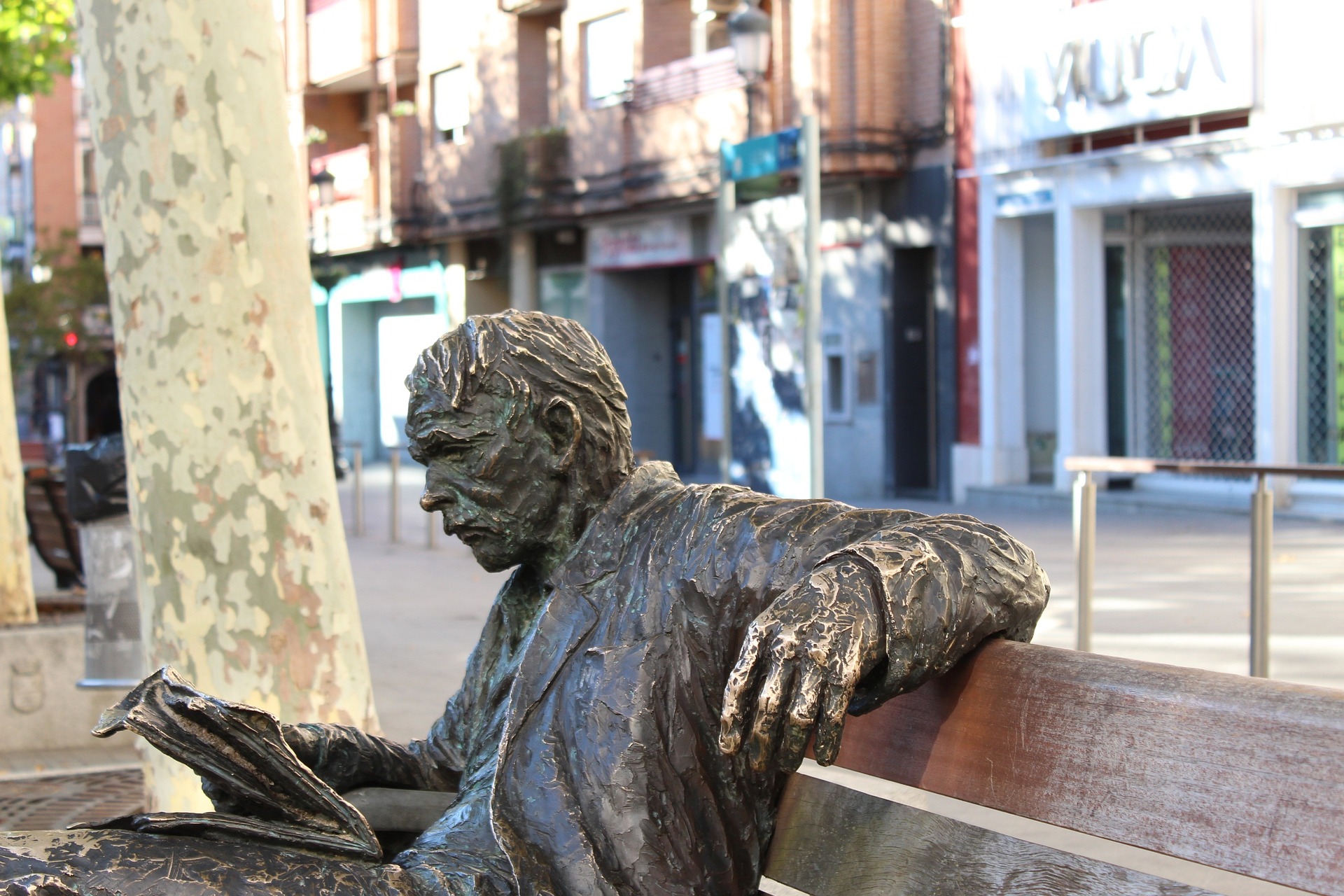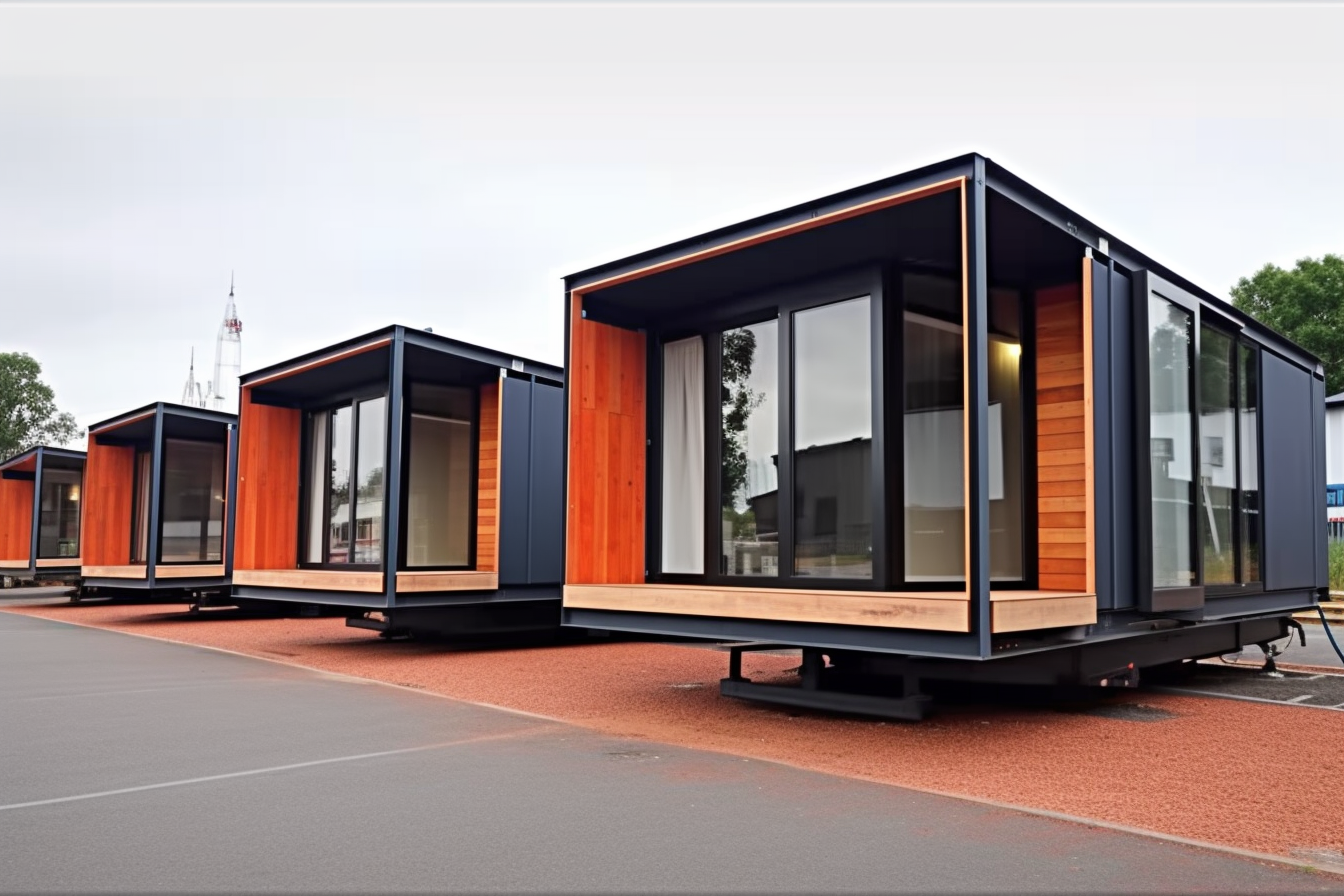Unmasking the Enigma of Mime: A Silent Performative Art Form
Mime, an eccentric yet captivating art form, has captivated audiences for centuries. This silent performative art form has a rich history, yet it is often overlooked in the sphere of modern entertainment. This article delves into the enigmatic world of mime, explores its historical relevance, and examines its contemporary significance.

The Origins of Mime: A Historical Overview
The art of mime originated in ancient Greece, where it was known as ‘pantomimus,’ meaning ‘imitator of all.’ The performers, or mimes, would enact stories without words, relying on their physical abilities to convey emotions and narratives. The tradition was carried forward by the Romans, who incorporated it into their theatrical performances.
During the Middle Ages, mime was often used in morality plays, while the Renaissance saw it become a popular form of street entertainment. However, it was in the 19th century that mime truly flourished, thanks to the efforts of artists like Jean-Gaspard Deburau, who popularized the ‘Pierrot’ character, a melancholic clown figure that became a symbol of the art form.
Mime in the Modern Era: A Quiet Revolution
In the 20th century, mime underwent a quiet revolution under the auspices of artists like Marcel Marceau and Étienne Decroux. Marceau, in particular, became a global icon, known for his character ‘Bip,’ a white-faced clown who navigated the complexities of life through silent expression.
Today, mime continues to evolve and adapt, with contemporary performers incorporating elements of dance, acrobatics, and even elements of puppetry into their work. Companies like Mummenschanz and Blue Man Group are pushing the boundaries of mime, creating innovative performances that challenge the conventional understanding of the art form.
The Impact and Significance of Mime
Despite its silent nature, mime speaks volumes. It transcends linguistic barriers, making it a truly universal form of communication. The stark simplicity of mime also allows for a profound exploration of human emotion, making it a powerful tool for storytelling.
Moreover, mime has a significant cultural footprint. It has influenced various art forms, including cinema, with filmmakers like Charlie Chaplin and Jacques Tati incorporating mime techniques into their work. Even in the realm of popular culture, mime has left its mark, with Michael Jackson’s iconic ‘moonwalk’ dance move being heavily influenced by mime.
The Reception and Perception of Mime
Mime, like any art form, has its critics. Some dismiss it as outdated or simplistic, while others find its silent nature disconcerting. However, these criticisms often stem from a misunderstanding of the art form’s complexity and depth.
Indeed, a good mime performance is a masterclass in physical control, creativity, and emotional expression. It requires a deep understanding of movement and space, along with an ability to connect with the audience on a profound level.
The Future of Mime: A Silent Renaissance?
As we move further into the 21st century, it will be interesting to see how mime continues to evolve. With the rise of digital media and virtual reality, there are exciting opportunities for this ancient art form to find new modes of expression.
Indeed, in an era dominated by noise and distraction, the silent, contemplative nature of mime could prove to be its greatest strength. As mime artist Adrian Pecknold once said, “In silence, one can hear more.” Perhaps it’s time for us to embrace the silence and rediscover the enigmatic beauty of mime.
In conclusion, mime is an art form steeped in history and brimming with potential. Despite its silent nature, its impact is profound, its significance undeniable. It is a testament to the power of non-verbal communication and a reminder of the universal language of emotion. Whether on the stage, in the cinema, or on the streets, the art of mime endures, silently captivating audiences with its unique blend of simplicity and complexity.




